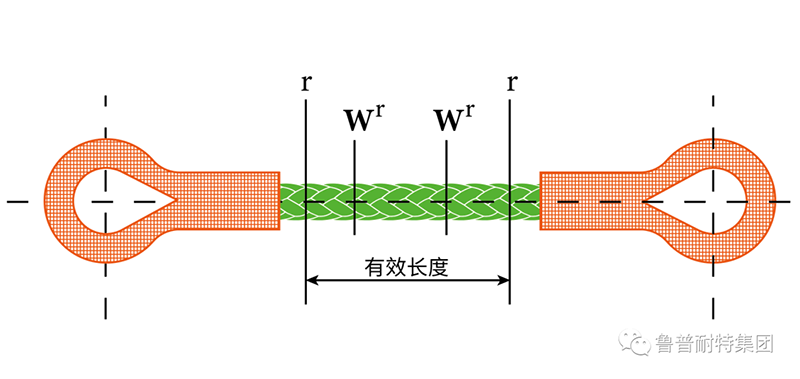
The development of rope has a long history and is closely related to our life. It is widely used in various fields and is a friend of human beings. You may be very familiar with rope use, but do you really understand rope testing?
standard
The test standard of commonly used fiber ropes in my country is "GB/T 8834-2016 Determination of Physical and Mechanical Properties of Fiber Ropes", which measures the linear density, distance, laying distance, elongation, breaking force and other characteristics of the rope. There are detailed and specific regulations and requirements, but several small details in the standard deserve our attention.
key point
Temperature and humidity regulation
Temperature and humidity are two main environmental factors that affect the accuracy of linear density measurement. This is because the environmental temperature and humidity will affect the weight of the rope by affecting the hygroscopicity of the fiber. Therefore, in order to ensure the accuracy of the linear density measurement of the rope, before testing There must be a pre-conditioning process of temperature and humidity
pretension
Length-related test items, such as measurement and calculation of pitch, twist pitch, and linear density, all need to be carried out under pre-tension. The pretension is often referred to as the reference tension, which is the benchmark for testing. Different pretensions are selected for ropes of different specifications. The pretension FT (unit kN) applied to the rope is related to its nominal diameter (unit mm), "GB/T 8834-2016 Determination of Physical and Mechanical Properties of Fiber Ropes" It is stipulated that the preload tension is calculated according to the following formula.

Sample making
The specimen shall be of sufficient length to ensure that the specimen has the specified length when mounted on the testing machine. When the eye ring is used for the test, the closed inner length of the eye ring should be six times the diameter of the rope, and the plug end should be tapered, because the tapered insertion can make the transmission of the force on the rope body more efficient. Smooth and optimize.

Fixture selection
When we use a wheel grip testing machine, the diameter of the gripping wheel or cam that holds the specimen is at least ten times the diameter of the rope being tested. When using a pin to fix the eye ring testing machine, the diameter of the pin should not be less than twice the diameter of the rope to be tested.
result judgment
The measurement results of linear density, pitch, weaving pitch and elongation shall be the arithmetic mean of the test values of each sample in the batch, and the measurement result of fracture shall be expressed as the fracture of each sample in the batch, and the average value shall not be calculated. The actual fracture is in kN and indicates whether the fracture occurred within the length. If it occurs outside the length and the force recorded at break is not less than 90 at break, the specimen is considered to meet the breaking specification, but cannot be recorded as a value divided by 90.
In rope testing, there are scientific and reasonable standards to follow, which is a prerequisite for correctly characterizing the performance of ropes. With the joint promotion of various units in the industry, the testing standards for various performances of ropes are becoming more and more perfect, but there is still a gap with the international ones. The continuous exploration and improvement of people in our "rope road".